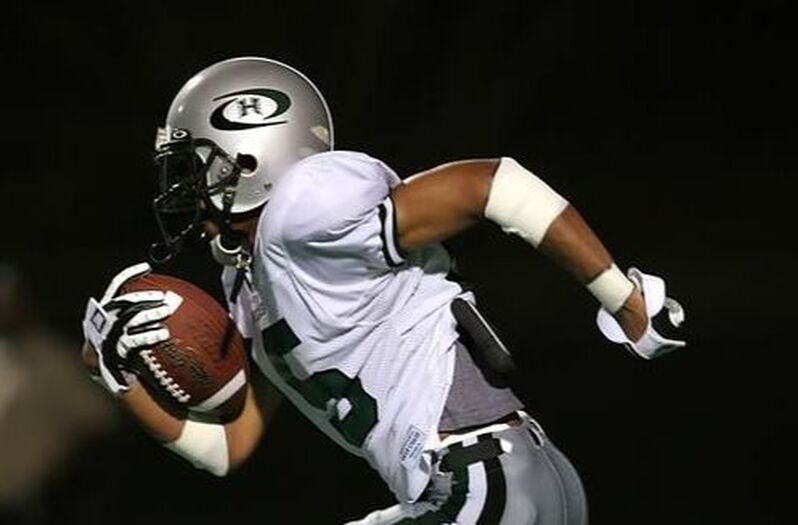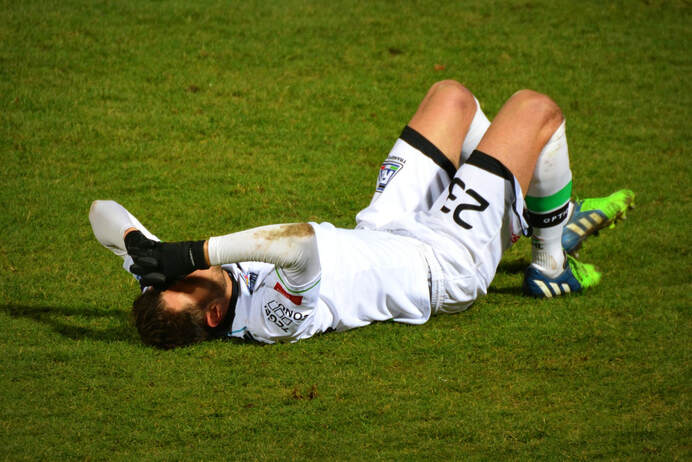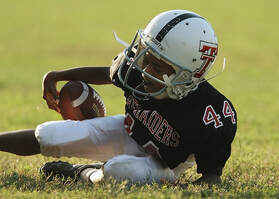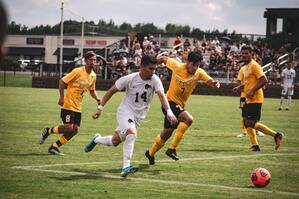Analyzing Levels of Concussion Awareness, Understanding, and Reporting
Concussions are characterized by traumatic brain injuries caused by strong forces to the head or body, usually resulting in temporary neurologic impairments that can include problems with concentration, memory, balance, and coordination. Concussion awareness is critical, especially among student athletes, as athletes are extremely prone to concussions, with an annual average of 3.8 million concussions in the United States attributed to sports. An estimated 5-10% of athletes experience at least one concussion in any given sports season.
The commonality of concussions among student athletes prompted a cross-sectional study aimed to analyze the variations in concussion awareness, understanding, and -reporting behaviors (C-AUB) among college athletes. The targets of this study included collegiate athletes in the United States, Ireland, and Jordan in order to evaluate concussion awareness in countries with differing concussion education. The three countries of interest represented regions with varying degrees of concussion publicity for awareness, with the United States showing high publicity, Ireland showing moderate publicity, and Jordan showing low publicity. Concussion publicity was determined with consideration of the guidelines, publications, and coverage on concussion and treatment.
The subject pool consisted of collegiate athletes, individuals involved in any sport directly affiliated with the institution. This study included students competing in sports with high concussion risks, such as American football, and low concussion risks, such as tennis. Relative C-AUB was assessed using a survey asking participants to select sources where they had received information regarding concussion risks and treatment, as well as questions about complications and symptoms.
The commonality of concussions among student athletes prompted a cross-sectional study aimed to analyze the variations in concussion awareness, understanding, and -reporting behaviors (C-AUB) among college athletes. The targets of this study included collegiate athletes in the United States, Ireland, and Jordan in order to evaluate concussion awareness in countries with differing concussion education. The three countries of interest represented regions with varying degrees of concussion publicity for awareness, with the United States showing high publicity, Ireland showing moderate publicity, and Jordan showing low publicity. Concussion publicity was determined with consideration of the guidelines, publications, and coverage on concussion and treatment.
The subject pool consisted of collegiate athletes, individuals involved in any sport directly affiliated with the institution. This study included students competing in sports with high concussion risks, such as American football, and low concussion risks, such as tennis. Relative C-AUB was assessed using a survey asking participants to select sources where they had received information regarding concussion risks and treatment, as well as questions about complications and symptoms.
Image Source: Ben_Kerckx
Significant cross-cultural variations in C-AUB were discovered among countries with varying levels of concussion awareness. The majority of Jordanian athletes reported never receiving concussion information from any source. Comparatively, Irish athletes received some information from movies and books, and American athletes received information from healthcare professionals. Concussion education and awareness are strongest in the United States, where concussion publicity is common among sports teams, formal regulation of identification and treatment exists, and sports medicine services are often accessible. Nonetheless, athletes and sports coaches do not place nearly enough importance, if any, on concussion awareness and prevention. There must be a paradigm shift among sports, especially college sports, that focuses on the physical health of its athletes.
Despite being one of the first to include cross-cultural parallels, this research study had several flaws. The subject pool utilized convenience sampling, meaning that the researchers gathered a sample consisting of people that were easy to contact or conveniently available volunteers. As a result, the athletes who completed the questionnaire may have had unconscious bias. Furthermore, the researchers gathered data from self-reported questionnaires, which has the potential to be subjective and inaccurate. Additionally, there was an imbalance between the number of men and women from Jordan compared to the United States.
In conclusion, concussions affect athletes all over the world, and a vast portion of the sport-related concussion literature on concussion knowledge and reporting has been developed in the United States. Consistent, evidence-based concussion education and management must be given to all athletes at all levels of competition and across all borders; however, this would certainly look different in each nation, depending on cultural backgrounds and needs. Concussions happen in all sports, but global concussion recognition does not affect all athletes to the same extent. At the very least, athletes must be able to recognize that a potential concussion has happened and consider the risks of continuing to participate in sports while concussed.
Despite being one of the first to include cross-cultural parallels, this research study had several flaws. The subject pool utilized convenience sampling, meaning that the researchers gathered a sample consisting of people that were easy to contact or conveniently available volunteers. As a result, the athletes who completed the questionnaire may have had unconscious bias. Furthermore, the researchers gathered data from self-reported questionnaires, which has the potential to be subjective and inaccurate. Additionally, there was an imbalance between the number of men and women from Jordan compared to the United States.
In conclusion, concussions affect athletes all over the world, and a vast portion of the sport-related concussion literature on concussion knowledge and reporting has been developed in the United States. Consistent, evidence-based concussion education and management must be given to all athletes at all levels of competition and across all borders; however, this would certainly look different in each nation, depending on cultural backgrounds and needs. Concussions happen in all sports, but global concussion recognition does not affect all athletes to the same extent. At the very least, athletes must be able to recognize that a potential concussion has happened and consider the risks of continuing to participate in sports while concussed.
Featured Image Source: Pixabay
RELATED ARTICLES
|
Vertical Divider
|
Vertical Divider
|
Vertical Divider
|






